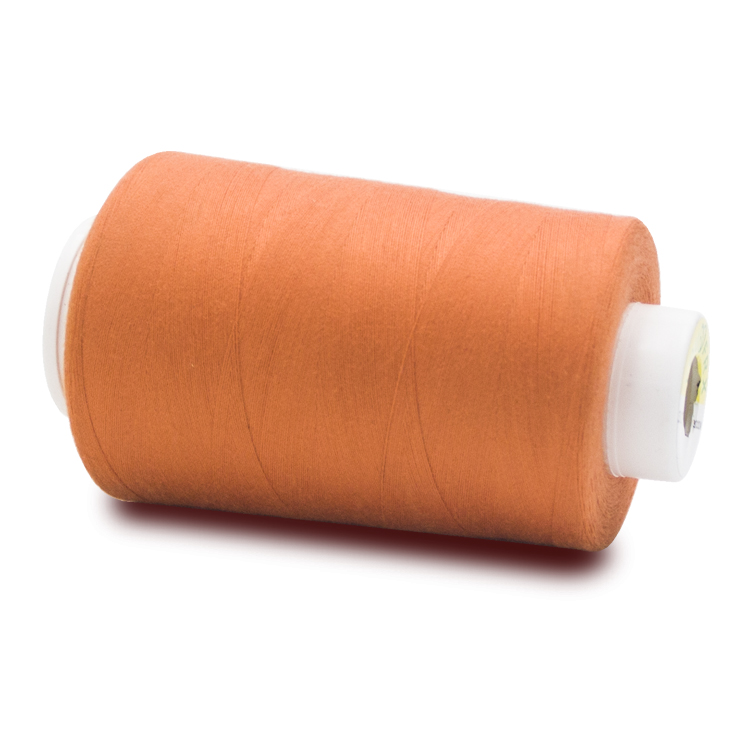
Analysis of the most complete yarn thread count defects(7)
(continued above)
(52) Printing stop mark
Appearance: Printed fabric yarn thread pattern along the width direction of the fabric yarn thread, there is a full width of about 5 to 15 centimeters of color printing paste mixed infiltration trace, no pattern display.
Cause: Printing machine stopped running, printing drum or roller did not immediately rise, continue to press on the cloth surface, resulting in excessive printing paste infiltration into the cloth.
(53) Water roll marks
Appearance: On the surface of dyed or printed fabrics yarn thread, there are dot-shaped or large sheet-shaped areas with lighter colors. The edge of the mark is often deeper than the central part.
Cause of formation: Fabrics yarn thread that have not been further treated after dyeing or printing will undergo significant discoloration during storage due to steam condensation droplets falling on the fabrics yarn thread in the factory building.
That is to say, they will be dried and cannot be restored to their original colour. This is due to the combination of water droplets and dyes in the form of crystalline water.
If the iron is hot-dried, it may be restored to its original color. When cellulose fabrics are dyed with urn dyes, the water roll marks are the most significant.
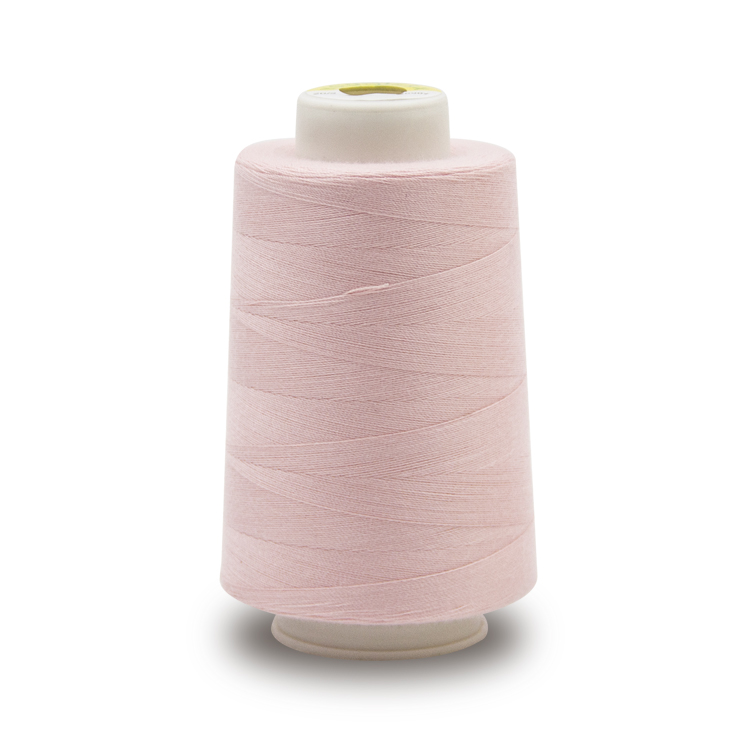
(54) Spots
Appearance: Fabrics yarn thread with undercut and dyed or printed fabrics yarn thread, after dyeing treatment, produce shallow irregular patches of color on the fabric yarn thread surface.
Causes of formation:
1). Improper ratio of base liquor and color liquor concentration of phenolic dyes.
2) The temperature of drying after setting is too high.
3). The reductant used for continuous dyeing is not completely dissolved.
4). In the process of hot steaming, the air in the steaming box is not completely eliminated, so the fabric contacts with the air.
5). In the process of hot steaming, the temperature in the steaming box is not uniform.
6). The oxidation of dyes is incomplete.
7). After dyeing or printing, the fabric yarn thread is exposed to direct sunlight before dyeing.
(55) Resin spot
Appearance: The finished fabric yarn thread processed by resin has dry resin spots on the surface. Seen as a glossy reflection, the touch feels smooth and stiff.
Cause: In the resin processing process, the resin can not be fully and evenly dissolved. The fabric yarn thread adheres to the cloth surface through the resin slurry groove, then is pressed by roller, and adheres to the cloth surface in sheet form.
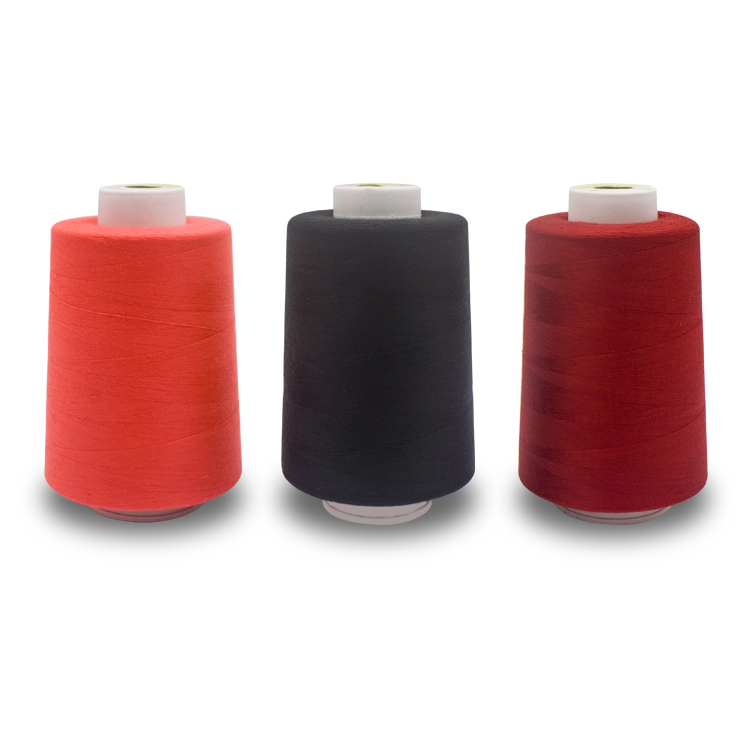
(56) Surface resin
Appearance: The finished product processed by resin floats on the cloth surface and slightly scratches with fingernails, which will produce scratches.
Cause of formation: In resin processing, resin pressure absorptivity is too high, and the starting temperature of drying is too high.
(57) Fur ball
Appearance: The finished fabric yarn thread processed by resin has pilling on the surface. Wool fabrics yarn thread, polyester staple fibers yarn thread and blended textiles with polyester staple fibers yarn thread are more likely to occur.
Cause of formation:
1). Fabrics yarn thread still have a lot of feathers on the surface before resin processing.
2). During resin processing, no anti-pilling agent or appropriate smoothing agent was added to the resin solution.
(58) Split yarn thread
Appearance: Weft knitted fabrics yarn thread, in which a row of loops are pulled open and tend to be straight.
Cause of formation: Weft knitted fabrics yarn thread, in setting or resin processing, incorrect feeding direction, resulting in a row of loops being straightened.
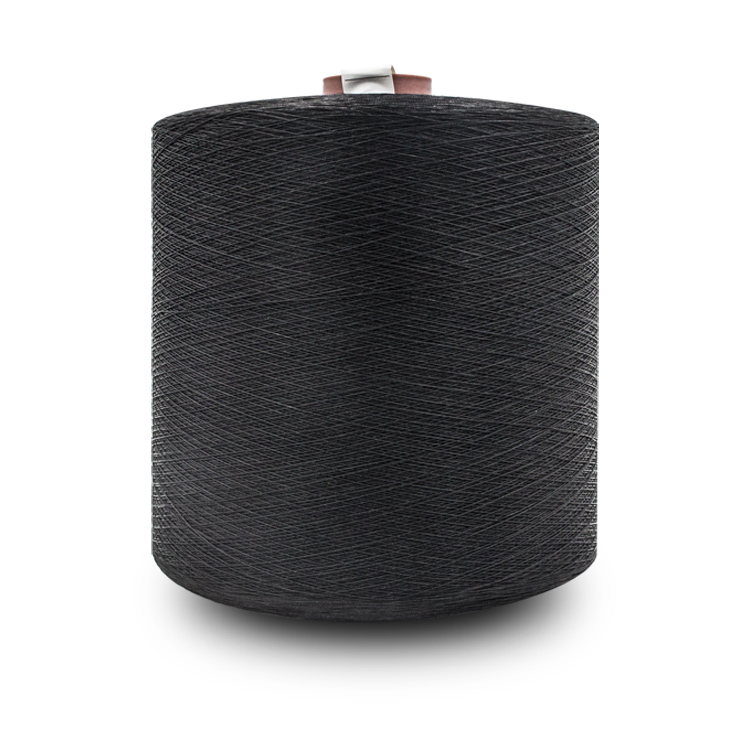
(59) Bright cloth
Appearance: Fabric yarn thread surface is too flat, there is an undesirable light, mostly occurs in chemical fiber knitted fabrics yarn thread. Cause: In resin processing, the tension applied to the fabric yarn thread is too large.
(60) Uneven cloth
Appearance: The whole fabric yarn thread about 1 yard long is flattened on a platform, and the cloth body is uneven, mostly occurring in weft knitted fabrics yarn thread.
Cause of formation: poor setting or resin processing results in different longitudinal and transverse shrinkage of fabrics yarn thread.
(61) Poor elasticity
Appearance: The knitted fabric yarn thread with flexibility can not be restored to its original state after slightly stretching along the longitudinal and transverse directions, and shows wrinkles.
Cause of formation:
1). The crimping fastness of the yarn thread used in weaving is poor.
2). When setting or resin processing, the set temperature is too high, or the fabric yarn thread is heated by high temperature for too long, which makes the processed yarn thread lose part of its recovery.
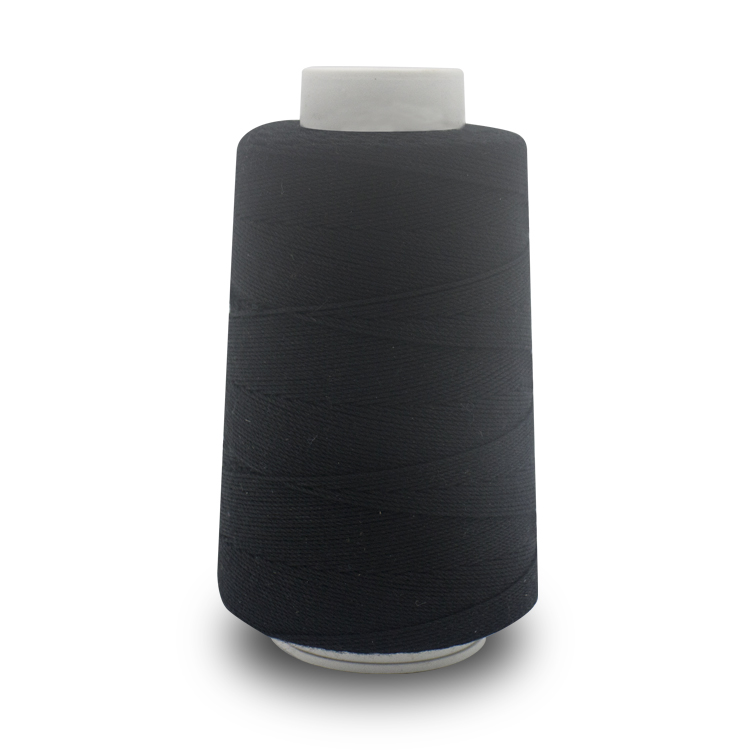
(62) Paper like
Appearance: Fabric yarn thread is smooth, slightly stiff and less flexible, just like paper.
Cause of formation: The shrinkage rate of chemical filament fibers yarn thread used for fabrics in boiling water is very low, for example, only 2-3%. Therefore, in the process of fabrics yarn thread processing, it is impossible to shrink sufficiently to make the fabrics paper-like.
(1) Oil channel
Appearance: The warp yarn thread in a single section of fabric yarn thread is contaminated by oil and other contaminants.
Cause of formation: Weft yarn thread is impregnated by lubricating oil of machinery before weaving, when yarn thread is swinging, winding or winding.
(2) Oil weft
Appearance: The weft is oiled in a separate section of the fabric yarn thread.




